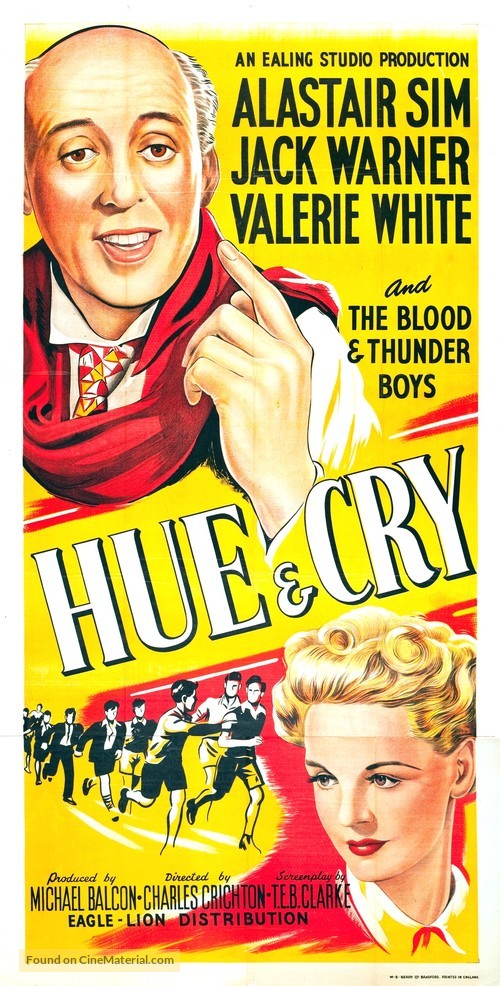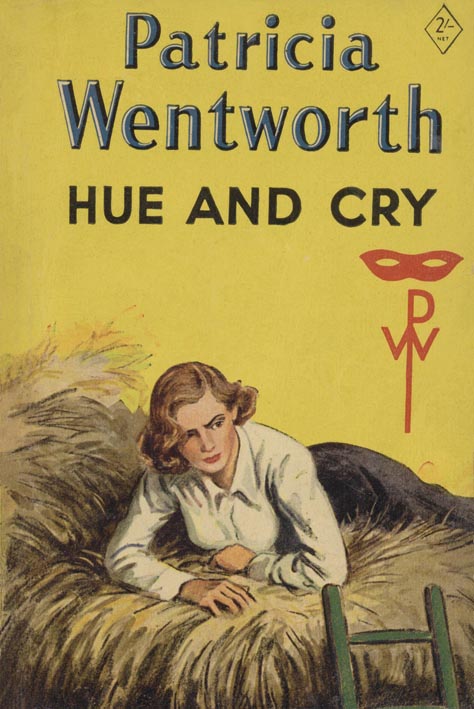

UPON READING THE FIRST STORIES in Hue and Cry in 2018, I was struck, again, at how work can become such a yoke for a black man.

I don’t think he knew what part he had played in my getting to that moment in my life. He could barely walk because of illness, but he still had the look of a wise man with secrets he was more than willing to share.

He was coming to see me read at the University of Iowa.

The world and life had done many good and bad things to both of us. The last time I saw Jim, it was winter in Iowa City, nearly fifty years after that sophomore fall of discovering Hue and Cry. Robert the janitor forever lugging his three overflowing cans of garbage in Gold Coast. The waiters and sleeping-car porters slaving away on trains in On Trains and A Solo Song: For Doc. Young Thomas Brown of A Matter of Vocabulary bagging potatoes in a supermarket. What struck me, as I again read Hue and Cry, for perhaps the third or fourth time in 2018, is how powerful and strangely frightening at times the first five stories of the book are with their men and the often crushing burden of their work. I do not now remember how quickly I read all of Jim’s stories, but it could not have been more than a day-college work must have been pushed to the side for several hours. I felt I knew this man because he looked like me. Jim, obviously a long way from being even thirty years old, stood almost shyly in a peacoat, looking as if having his picture taken would never be one of the things he would get used to doing. Perhaps it was because their photos were those of seasoned, established, older writers. Standing in the bookstore aisle, I had a growing feeling that I knew that man in the photograph in a way that I had not years earlier when seeing pictures of James Baldwin or Ralph Ellison on the backs of their books. And on the back, a black-and-white stamp-sized photograph of Jim, as I, a graduate student, would come to know him, more than ten years later at the University of Virginia. And because Dinand Library at the Cross was still several months away from being a place I, a black sophomore at a predominantly white school, could comfortably go and know that I could find something familiar, I went once more to the bookstore.įamiliar, then, was what I began to feel when I came upon the paperback Hue and Cry on the store’s shelf. The literary world beyond America was still a generally new one to me, still a feast of rich, though unfamiliar food, as it were. It was not that I had not been pleasantly, wonderfully nourished by such authors, but I had spent my teenage years in Washington, D.C., primarily devouring American writers, black and white. I had come to find something to read beyond the nineteenth-century British novels of the course I was taking. I FIRST MET JAMES ALAN MCPHERSON in the Holy Cross College bookstore in Worcester, Massachusetts, in the fall of 1969. If, for example, a man comes upon a dead body and omits to raise the hue, he commits an amerciable offense, besides laying himself open to ugly suspicions. When a felony is committed, the hue and cry ( hutesium et clamor) should be raised.


 0 kommentar(er)
0 kommentar(er)
